Lophatherum gracile
Lophatherum gracile
1. The products in our compound library are selected from thousands of unique natural products; 2. It has the characteristics of diverse structure, diverse sources and wide coverage of activities; 3. Provide information on the activity of products from major journals, patents and research reports around the world, providing theoretical direction and research basis for further research and screening; 4. Free combination according to the type, source, target and disease of natural product; 5. The compound powder is placed in a covered tube and then discharged into a 10 x 10 cryostat; 6. Transport in ice pack or dry ice pack. Please store it at -20 °C as soon as possible after receiving the product, and use it as soon as possible after opening.
Natural products/compounds from Lophatherum gracile
- Cat.No. Product Name CAS Number COA
-
BCN6105
Vanillic acid121-34-6
Instructions
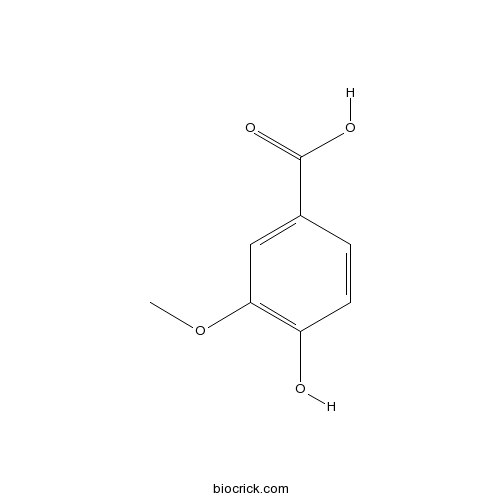
-
BCN5816
4-Hydroxybenzaldehyde123-08-0
Instructions
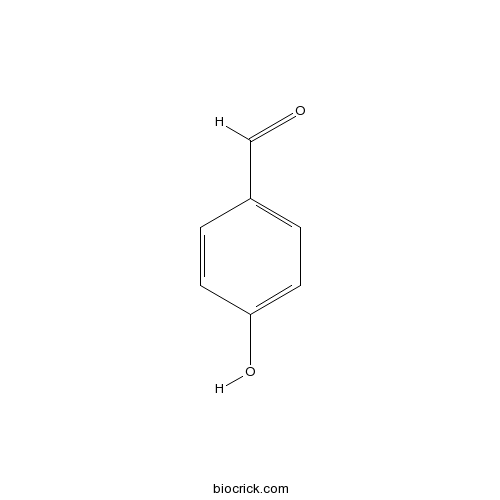
-
BCN2635
Lauric acid143-07-7
Instructions
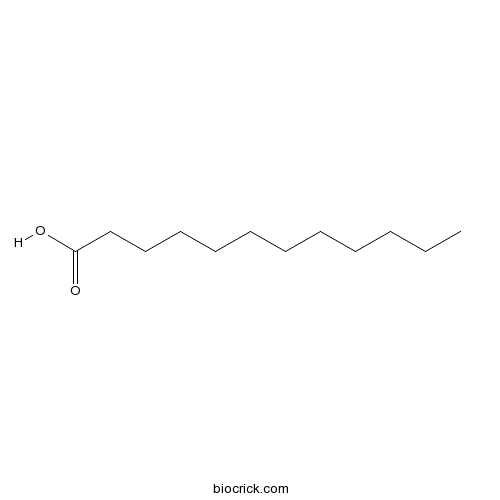
-
BCN1673
Phytol150-86-7
Instructions
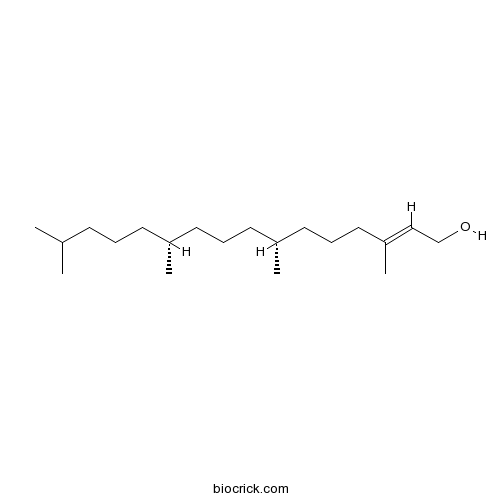
-
BCN4984
Orientin28608-75-5
Instructions

-
BCN5423
Vitexin3681-93-4
Instructions

-
BCN5441
Isovitexin38953-85-4
Instructions
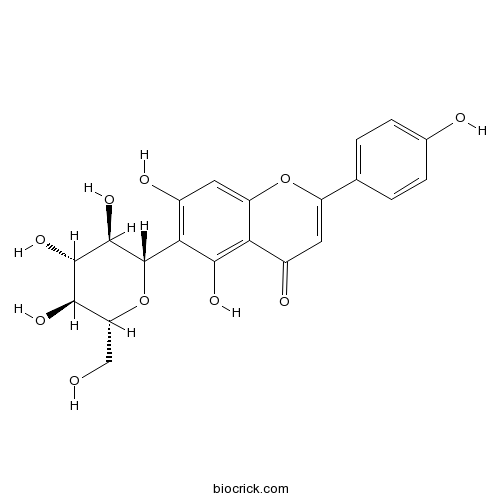
-
BCN4985
Luteolin-6-C-glucoside4261-42-1
Instructions

-
BCN5573
Afzelin482-39-3
Instructions
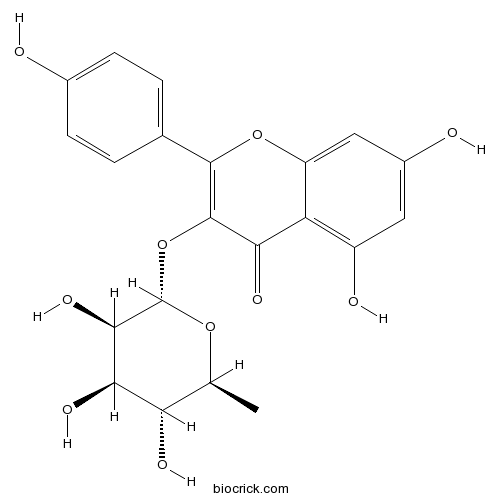
-
BCN5600
Luteolin491-70-3
Instructions
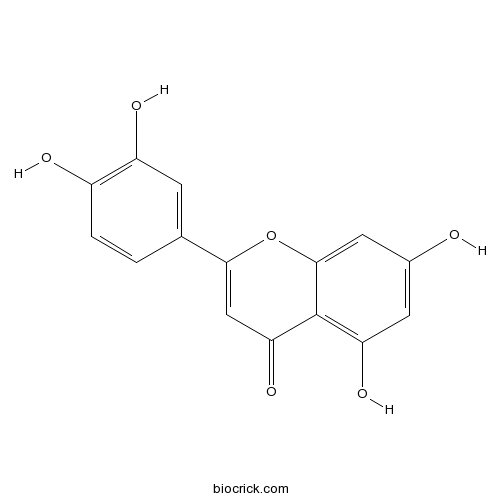
-
BCN5747
Friedelin559-74-0
Instructions

-
BCN8334
Thymine65-71-4
Instructions

-
BCN2791
Swertiajaponin6980-25-2
Instructions

Ethanol extract of Lophatheri Herba exhibits anti-cancer activity in human cancer cells by suppression of metastatic and angiogenic potential.[Pubmed: 27808120]
Lophatheri Herba (LH), dried leaf of Lophatherum gracile Brongn, has long been used to reduce thirst and treat fever and inflammation in Chinese medicine. Recent studies have shown that LH has anti-viral, anti-bacterial, anti-cancer, anti-oxidant, diuretic, and hyperglycemic properties. However, the effects of an ethanol extract of L. herba (ELH), at non-cytotoxic doses, on the metastatic and angiogenic abilities of malignant tumor cells have not been reported. We found that ELH significantly suppressed p38, JNK, and NF-κB activation and proteolytic activities under phorbol 12-myristate 13-acetate (PMA) stimulation, thus leading to a decrease in metastatic potential, including migration and invasion. In addition, ELH suppressed tumor-induced angiogenesis, including migration and tube formation in human umbilical vein endothelial cells (HUVECs) and microvessel sprouting from aortic rings via decreasing the pro-angiogenic factors in tumors. Interestingly, in ovo xenografts ELH-treated HT1080 cells did not increase in volume and eventually disappeared, owing to a lack of angiogenesis. Daily oral administration of ELH at 50 and 100 mg/kg markedly inhibited metastatic colonization of B16F10 cells in the lungs of C57BL/6J mice and caused no apparent side effects. These data collectively indicate that ELH is safe and may be useful for managing metastasis and growth of malignant cancers.
[Community characters of Lophatherum gracile in Yongchuan district of Chongqing].[Pubmed: 25850252]
To understand Lophatherum gracile plant community's structural characteristics, a survey of community structure and species diversity was conducted through quadrat sampling in Yongchuan district of Chongqing. The results showed that there were 386 species vascular plants, belonging to 117 families and 229 genera. Based on habitat, community structure and species composition, L. gracile were found in three community types: Pinus massoniana community, banboo community, shurb community. Vertical structure was composed of three layers, including tree layer, shrub layer and herb layer. Species in shrub layer was the richness. P. massoniana is the only dominant species of the community, it can not regenerate naturally, the shrub layer has a greater effect on the community of L. gracile in the future. In addition, the banboo community and shurb community is not stable because of human's activity. Therefore, the community characters of L. gracile should be taken care of conservation when the resources are utilized.
Simultaneous Determination of 10 Bioactive Components of Lophatherum gracile Brongn by HPLC-DAD.[Pubmed: 25527702]
A high-performance liquid chromatography method coupled with diode array detection (HPLC-DAD) was developed for simultaneous determination of two coumarins and eight flavonoids in Lophatherum gracile Brongn (Gramineae), namely 5-O-coumaroylquinic acid (i), 4-O-coumaroylquinic acid (ii), luteolin 6-C-β-d-galactopyranosiduronic acid (1→2)-β-d-glucopyranoside (iii), 7-O-β-d-glucopyranosyl-6-C-α-l-arabinopy ranoside (iv), isoorientin (v), swertiajaponin (vi), luteolin 6-C-β-d-galactopyranosiduronic acid (1→2)-α-l-arabinopyranoside (vii), Saponaretin (viii), swertisin (ix) and apigenin 6-C-β-d-galactopyranosiduronic acid (1→2)-α-l-arabinopyranoside (x). The analysis was performed on Cosmosil MS-IIⅡ C18 column (250 × 4.6 mm, 5 µm) with gradient elution of 0.1% aqueous acetic acid and acetonitrile. The detection wavelength was 330 nm. The developed method was able to determine the bioactive compounds with excellent resolution, precision and recovery. The validated method was successfully applied for the analysis of the 10 bioactive compounds in n samples from different cultivated regions. The results indicated that the developed method can be used as a suitable quality control method for L. gracile.
[A new flavone C-glycoside from leaves of Lophatherum gracile].[Pubmed: 24761639]
Several kinds of column chromatography method were used to investigate the chemical constituents of the leaves of Lophatherum gracile. The structures of the isolated compounds were identified based on their physicochemical properties and spectral data. A new flavone C-glycoside was isolated and its structure was identified as 3'-methoxyl-luteolin 6-C-beta-D-galactopyranosiduronic acid (1 --> 2) -alpha-L-arabinopyranoside (1).
High-throughput and sensitive screening of compounds with deoxyribonucleic acid-binding activity by a high-performance liquid chromatography-tandem mass spectrometry-fluorescence detection technique using palmatine as a fluorescence probe.[Pubmed: 24290174]
A high-throughput biochemical detection method based on the combination of high-performance liquid chromatography (HPLC), multiple-stage mass spectrometry (MS(n)) and DNA-binding activity assay was developed and validated for the simultaneous screening and identification of DNA-binding compounds in complex samples. Palmatine was used as a sensitive, nontoxic and environmentally friendly DNA fluorescence probe. HPLC fingerprints, ultraviolet absorption spectra, MS(n) fragments of components, and DNA-binding activity profiles could be simultaneously recorded during real-time analysis. Using the proposed method, 25 compounds were identified from Lophatherum gracile Brongn extracts, of which 18 were novel compounds first identified in these extracts. Nineteen compounds showed DNA-binding activity, most of which were flavone glycosides, with distinct dose-effect and structure-activity relationships. The method was validated and was proven to have a good linearity in the range of concentrations used in the study. The limit of detection was 0.2020nmol. Our study indicated that the proposed method was sensitive, accurate, precise and reliable to be used for simultaneous screening and identification of DNA-binding compounds in complex samples.
Flavone C-glycosides from the leaves of Lophatherum gracile and their in vitro antiviral activity.[Pubmed: 21870321]
Four new flavone C-glycosides, luteolin 6-C-α-L-arabinopyranosyl-7-O-β-D-glucopyranoside, apigenin 6-C-β-D-galactopyranosiduronic acid (1 → 2)-α-L-arabinopyranoside, luteolin 6-C-β-D-galactopyranosiduronic acid (1 → 2)-α-L-arabinopyranoside, and luteolin 6-C-β-D-glucopyranosiduronic acid (1 → 2)-α-L-arabinofuranoside, along with three known ones, were isolated from the leaves of Lophatherum gracile. The structures of the new compounds were elucidated by extensive spectroscopic methods as well as acid hydrolysis. All the flavone glycosides isolated from this plant were screened for their in vitro antiviral activity against respiratory syncytial virus (RSV) with cytopathic effect (CPE) reduction assay, and several flavone 6-C-monoglycosides showed potent in vitro anti-RSV effect.
[Study on fingerprints spectrum of Lophatherum gracile by HPLC].[Pubmed: 20518301]
To establish the fingerprint spectrum of Lophatherum gracile by HPLC.
[Determination of trace elements in Lophatherum gracile brongn from different habitat by microwave digestion-atomic absorption spectroscopy].[Pubmed: 20496714]
A method of microwave digestion technique was proposed to determine the content of Zn, Fe, Cu, Mn, K, Ca, Mg, Ni, Cd, Pb, Cr, Co, Al, Se and As in Lophatherum gracile brongn of different habitat by atomic absorption spectroscopy. The RSD of the method was between 1.23% and 3.32%, and the recovery rates obtained by standard addition method were between 95.8% and 104.20%. The results of the study indicate that the proposed method has the advantages of simplicity, speediness and sensitivity. It is suitable for the determination of the contents of metal elements in Lophatherum gracile brongn. The experimental results also indicated that different areas' Lophantherum gracile brongn had different trace elements content. The content of trace elements K, Mg, Ca, Fe and Mn beneficial to the human body was rich. The content of the heavy metal trace element Pb in Lophantherum gracile brongn of Hunan province was slightly high. The content of the heavy metal trace element Cu in Lophantherum gracile brongn of Guangdong province and Anhui province is also slightly higher. Beside, the contents of harmful trace heavy metal elements Cd, Cu, Cr, Pb and As in Lophatherum gracile brongn of different habitat are all lower than the limits of Chinese Pharmacopoeia and Green Trade Standard for Importing and Exporting Medicinal Plant and Preparation and National Food Sanitation Standard. These determination results provided the scientific data for further discussing the relationship between the content of trace elements in Lophantherum gracile brongn and the medicine efficacy.


